Two key ways school libraries can impact social-emotional learning
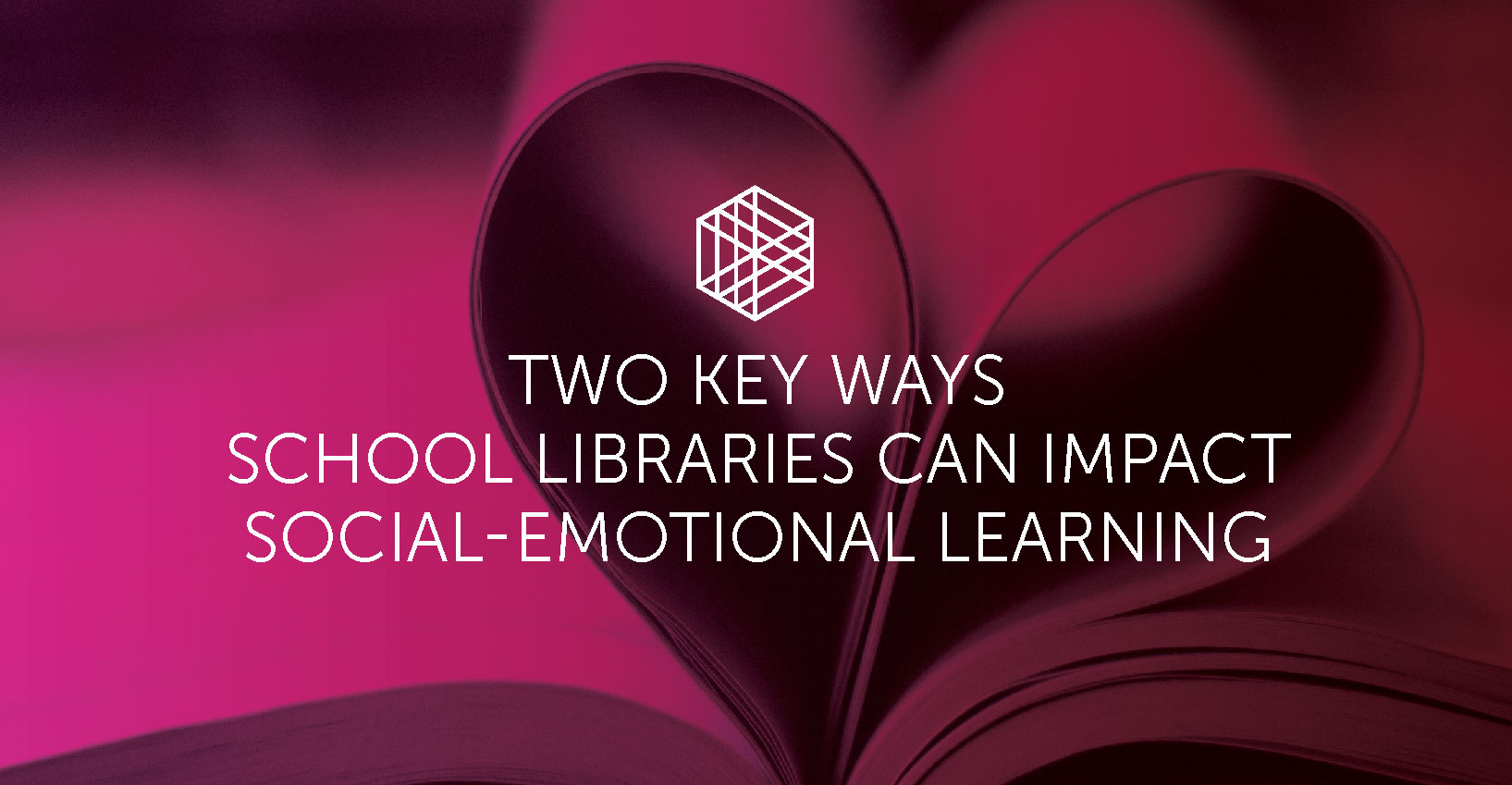
By Sarah Sansbury & Martha Bongiorno, Media & Educational Technology Instructors | May 2020
Walking through Target, it’s hard to ignore the concept of “kindness” being thrown in your face. T-shirts, signs, notebooks and even socks are emblazoned with the phrase “Be kind.” It’s easy to feel like this is simply a performative fad meant to inspire us to meet the status quo. However, in reality, there is a deep need to support one another – and the status quo is not good enough. Sobering statistics from the Centers for Disease Control and Prevention show that from 2007-2017, the suicide rate for persons aged 10-24 increased 56 percent — casting a dark shadow of reality over the seemingly ubiquitous cotton-candy-kindness-rainbow merchandise.
Retailers aren’t the only ones on the kindness train. “Spread kindness like confetti” is another quote often heard in school hallways. Yet, talking about kindness is very different from practicing it. To ensure more than just cute sayings, we as educators need to tangibly impact students in a way that fosters social-emotional learning (SEL) and supports positive social behavior as well as mental health.
What is SEL?
Before we discuss how to support SEL, we must first understand what it is. The Collaborative for Academic, Social, and Emotional Learning defines it as “how children and adults learn to understand and manage emotions, set goals, show empathy for others, establish positive relationships and make responsible decisions.” In essence, this means we learn to understand ourselves and other people – and in particular to be aware of, understand and use information about the emotional states of ourselves and others with competence.
In today’s increasingly cognizant educational environments dedicated to teaching the whole child, it is essential to incorporate principles of SEL in our children’s education. And as supporters of our school’s goals, learning targets and students, school libraries play a unique role in providing social-emotional learning opportunities. There are many ways we can do this, but some key strategies include bibliotherapy and human-focused programming.
Bibliotherapy: Changing lives and perspectives
Bibliotherapy is the act of reading to heal emotionally and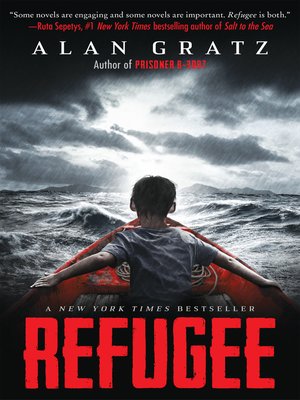 support positive mental health. It is also a wonderful way to improve SEL in our young and young adult readers. Bibliotherapy can change lives. A library’s collection of reading materials can create a safe harbor for struggling students and become a portal that expands their viewpoints and understanding of the world around them.
support positive mental health. It is also a wonderful way to improve SEL in our young and young adult readers. Bibliotherapy can change lives. A library’s collection of reading materials can create a safe harbor for struggling students and become a portal that expands their viewpoints and understanding of the world around them.
Our students need a safe place to land, heal and grow. Many times, our youth want to “fit in,” but what they genuinely desire is belonging. It can be terrifying to be truly “seen,” to be true to yourself. However, there is a difference between being seen, heard and understood versus being exposed. This is especially true for our LGBTQ+ youth. Libraries with a diverse reading collection can normalize what might otherwise be ostracizing. Suddenly, students don’t feel like the only one who has experienced homelessness, adoption, losing a loved one, going through gender transition, looking different than their classmates and so on.
A diverse reading collection that caters to the needs of all younger readers like this doesn’t happen without intention. Curating a collection with awareness and empathy is key. It is then that bibliotherapy can foster the psychological and emotional safety that our young readers need, creating human connection and belonging where there was once isolation and loneliness.
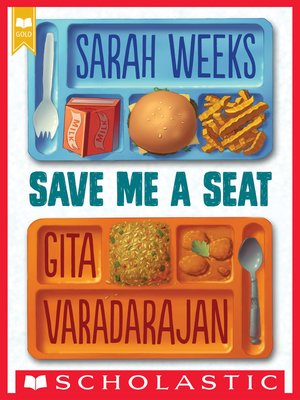 In addition, our students need bibliotherapy that is world expanding. Reading allows our students to step into another’s shoes, to vicariously experience other perspectives. It is there where empathy is born, grown and nurtured, and it is then that faulty assumptions, biases, misconceptions and stereotypes can be revealed and hopefully quelled for good.
In addition, our students need bibliotherapy that is world expanding. Reading allows our students to step into another’s shoes, to vicariously experience other perspectives. It is there where empathy is born, grown and nurtured, and it is then that faulty assumptions, biases, misconceptions and stereotypes can be revealed and hopefully quelled for good.
Once your world has expanded, it is hard to go back. Reading increases one’s moral imagination, which enables individuals to imagine the “what if” and see themselves as braver, kinder and more compassionate. Visualizing a “future you” with the moral courage to do what’s right in a hard situation is the first step to change, because it bolsters the likelihood that one will follow through and do what’s right when the going gets tough.
Sarah MacKenzie, author of the blog Read-Aloud Revival, explains that this isn’t just another character development curriculum:
“Here is where we clarify what we mean by developing the moral imagination, as opposed to character training. We don’t set out with a didactic goal to teach a child a specific moral or virtue. There is a time and place for that, perhaps, but the strength of the fairy tale resides in its ability to reach us at a depth that we cannot otherwise teach to.”
In short, when we provide a diverse array of stories and nonfiction for our students, we foster empathy and help create kinder kids and ultimately courageous kids. It is at this point that bibliotherapy becomes more than just world expanding; it encourages world changing for the better.
Human-focused library programming: An overlooked concept
Human-focused learning is not a new concept, but it is one 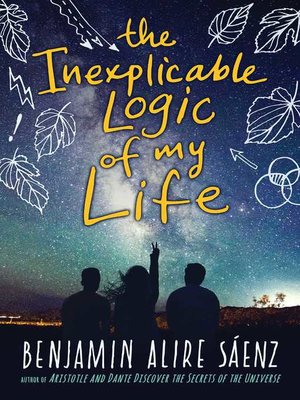 that is often overlooked amid society’s focus on testing and academic success. Compassion is not always measured in test scores. As leaders of participatory digital citizenship in our schools, school librarians should support human-focused learning by combining civic engagement activities with a student-centered approach that involves inquiry, action and reflection. This is evident in the American Association of School Librarians Standards, the International Society of Education Standards for Educators, the Future Ready Librarians Framework and our own School Librarian Evaluation Instrument in Georgia.
that is often overlooked amid society’s focus on testing and academic success. Compassion is not always measured in test scores. As leaders of participatory digital citizenship in our schools, school librarians should support human-focused learning by combining civic engagement activities with a student-centered approach that involves inquiry, action and reflection. This is evident in the American Association of School Librarians Standards, the International Society of Education Standards for Educators, the Future Ready Librarians Framework and our own School Librarian Evaluation Instrument in Georgia.
Implementation of SEL in our library programs is a natural way to support civic engagement and can be accomplished with a range of programming. Martha Bongiorno, librarian at Autrey Mill Middle School in Johns Creek, Georgia, is intentional about her process. The core of SEL in her library program includes exploring the topics of acceptance and empathy, embracing our differences, perspective-taking and identity and mental health. Programming ranges broadly from small makerspace challenges to larger, collaborative projects that break down classroom walls.
Adolescents want to have a purpose, make a difference and connect with others. By guiding that desire into positive channels, we can support their emotional growth and provide empathy-building lessons that help students regulate their own emotions and behaviors. When we fill others’ buckets, we fill our own.
Consider implementing the following library program ideas into your library to support SEL:
- Start small in your makerspace with Compassionate Making
- Paint kindness rocks with inspirational quotes to hide around your school community
- Make sleeping mats out of plastic bags for the homeless
- Sew worry monsters out of felt or donated scrap fabric for children in shelters
- Make stress balls out of balloons and water beads during finals week
- Focus on the humanities
- Host a poetry slam
- Stage a creative, reflective writing ‘write-in’
- Host an open mic morning, lunch time or after-school event to showcase inclusivity of talent
- Host a round-table discussion in conjunction with your counseling department on mental health awareness
- Develop empathy with design thinking to teach solution-focused thinking
- Consider collaborating on a project incorporating the United Nations’ Sustainable Development Goals:
Although the library is a place in which SEL occurs naturally, we as school librarians and educators can intentionally facilitate growth by adopting the ideas mentioned here (and many more not discussed in this article). These suggestions are just a few ways to support SEL in your space. Check out our blog here for even more resources, including information on the ReadWoke and We Need Diverse Books movements.
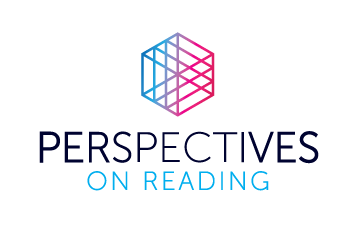

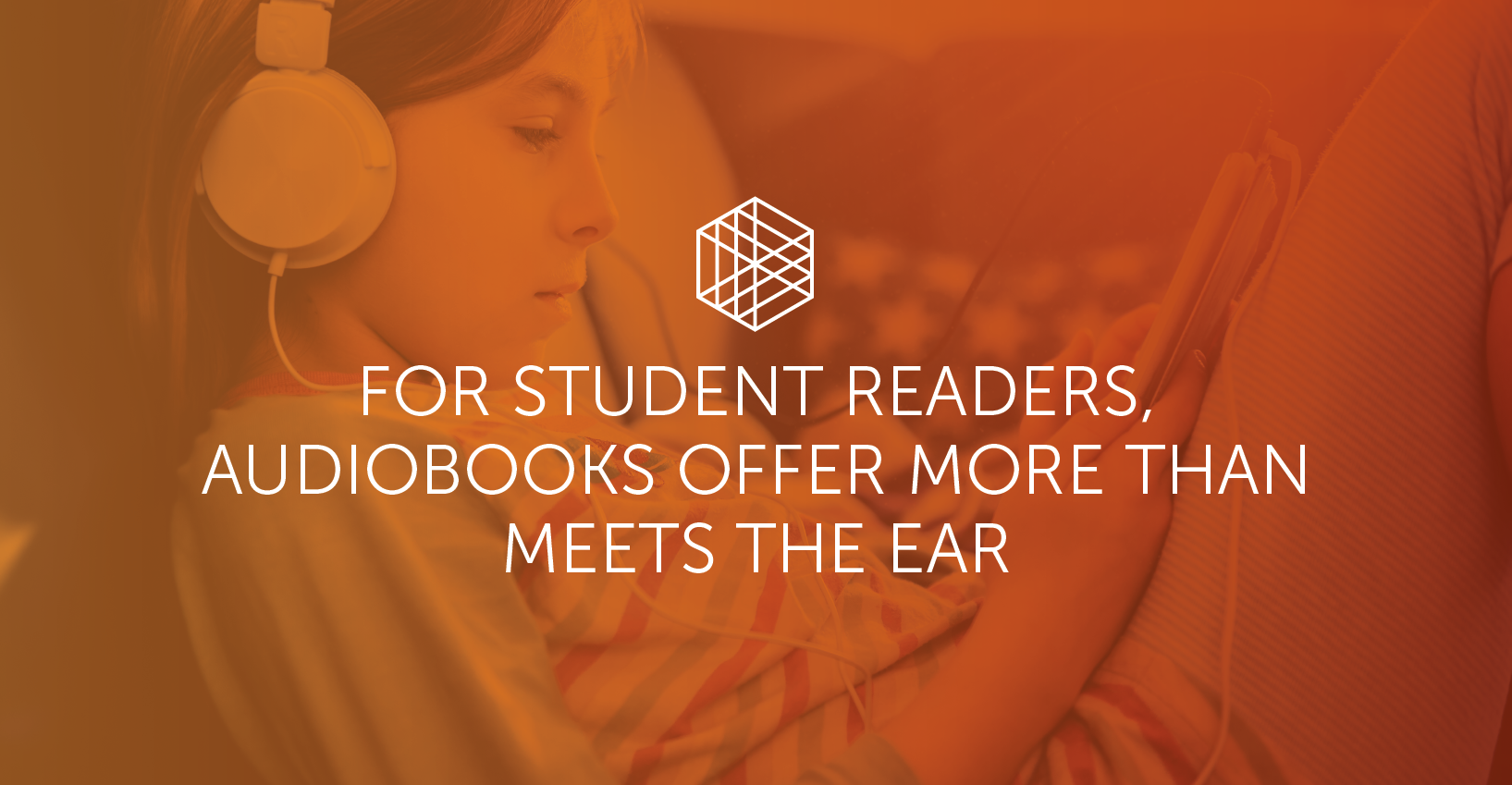
Excellent article! I like the way you all not only define SEL, you also provide texts for learning and making connections. I also like the way you provide coaching for media centers to implement ideas etc. The article was well-framed, informative and very educational!! It was EXEMPLARY!
CONGRATULATIONS & thank you for sharing.